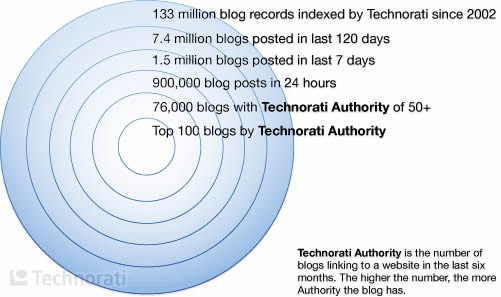Overcoming Compounding s Dark Side
Post on: 16 Март, 2015 No Comment

see photos AP Photo
Contrary to what we are led to believe, investors can only spend compound returns, not average returns. Nevertheless, the average returns are so often mentioned by those seeking to promote an investment approach. This practice can often mislead investors who don’t understand how money is made and lost over a period of time, due to compounding, in markets that move up in one year and down in the next.
SEE: 5 Tips On When To Buy Your Stock
There are two factors that can have a significant impact on the realized returns experienced by investors: the dispersion of returns and the impact of negative returns. Read on to discover the impact these factors could have on your portfolio, and how you can use this knowledge to gain higher compound returns and avoid the negative side of compounding.
Back to Basics
First, let’s review the mathematics used to calculate simple and compound averages. The simple return is the mathematical average of a set of numbers. The compound return is a geometric mean, or the single percentage, usually annual, that provides the cumulative effect of a series of returns. The compound return is the mathematical calculation describing the ability of an asset to generate earnings (or losses) that are then reinvested and generate their own earnings (or losses).
Let’s say you invested $1,000 in the Dow Jones Industrial Average (DJIA) in 1900. The average annual return between 1900 and 2005 for the DJIA is 7.3%. Using the annual average of 7.3%, an investor has the illusion that $1,000 invested in 1900 would become $1,752,147 at the end of 2005 because $1,000 compounded annually at 7.3% yields $1,752,147 by the end of 2005.
However, the DJIA was 66.08 at the beginning of 1900 and it ended at 10717.50 in 2005. This results in a compound average of 4.92%. In the market, you only receive compound returns, so $1,000 invested at the beginning of 1900 in the DJIA would result in only $162,547 by the end of 2005. (To keep things simple and relevant to the discussion, dividends, transaction costs and taxes have been excluded.)

What happened? There are two factors that contribute to the lower results from compounding: dispersion of returns around the average and the impact of negative numbers on compounding. (For related reading, check out Accelerating Returns With Continuous Compounding .)
Dispersion of Returns
As the returns in a series of numbers become more dispersed from the average, the compound return declines. The greater the volatility of returns, the greater the drop in the compound return. Some examples will help to demonstrate this. Figure 1 shows five examples of how the dispersion of returns impacts the compound rate.
The first three examples show positive or, at worst, 0% annual returns. Notice how in each case, while the simple average is 10%, the compound average declines as the dispersion of returns widens. However, half the time the stock market moves up or down by 16% or more in a year. In the last two examples, there were losses in one of the years. Note that as the dispersion in returns grows wider, the compound return gets smaller, while the simple average remains the same.














